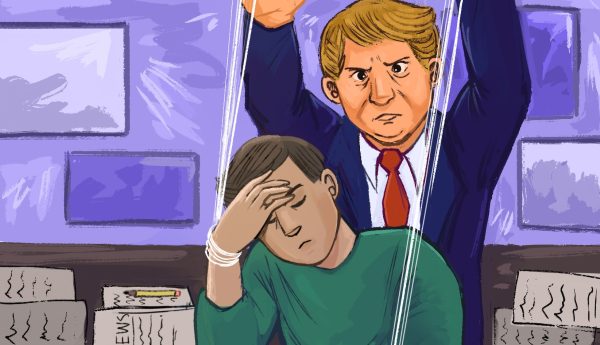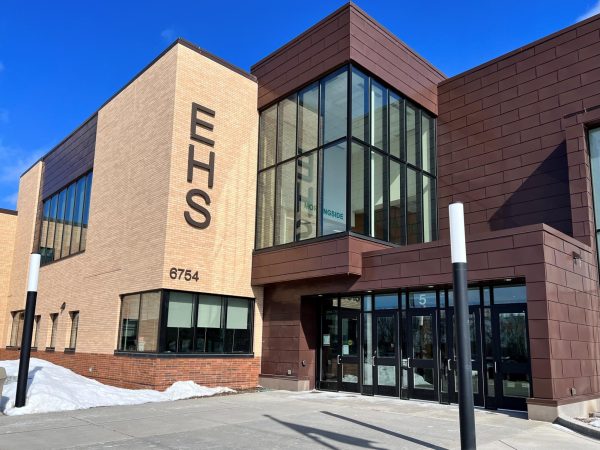The ACT augments an academic and economic divide
In Edina, it is not unusual to hear of students taking the ACT four or five times during their junior year. With opportunities like academic scholarships and admission into competitive schools sometimes dependent on a student’s ability to raise their score by a point or two, the ability to take the test several times gives these students a big leg up. Unfortunately, not every student has the resources to pay the fees for the test and tutors, leaving a gap in achievement that affects students’ opportunities for years to come.
The price tag of the ACT is high: each test costs between 40 and 62 dollars and one hour of quality tutoring costs upwards of 100 dollars. Since resources are not equally available to students, tutoring sessions that could help to boost scores may be unattainable and the cost of retaking the test could be prohibitive. Even though there are some systems in place to help lower class kids take the ACT, it is rare for those students to be able to receive quality tutoring or to take the test as many times as those in upper-middle-class families do.
Since ACT needs to continue profiting so that they can make tests, it is not realistic for the ACT to be free. However, the current system needs to be changed. Schools are sometimes able to cover test costs for the most in-need students, but many are left out of this group. The cyclic system of poverty in the United States is one that is propagated through a multitude of factors, including lower ACT scores among the lower classes because of the lack of resources to succeed. Students who cannot afford the tutoring and retakes have a hard time trying to break out of the system of poverty because they do not get into a school that will prepare them to get a high-paying job. This is not to say that only selective schools allow for people to end up in a prosperous economic situation, but the average student at schools that are harder to get in to make more money.
Luckily, many colleges seem to be moving in the direction by looking at the student as a whole instead of just their scores. In fact, more than 700 colleges in the United States are “test optional,” meaning that students can choose to not send in standardized test scores. This does not level the playing field completely, as most of the top-ranked schools, whose alumni are more likely to get a higher paying job after college, still require and take into account these scores. While colleges are making positive changes, more can be done to help students afford the ACT.
This year, Edina High School did not offer a free ACT like it has in the past, upsetting many students who would have appreciated the chance to take the test without the 60 dollar fee. They did waive the fee for some students, but most had to pay to take the test, leading many students to decide not to take it. Edina certainly could have done more this year by offering the free opportunity for students to take the ACT, but the problem is bigger than EHS.
Students around the country are missing out on the opportunity to raise their scores, and are left behind as their wealthier counterparts move ahead in a skewed system. Whether high schools step up their game in funding, more colleges become test-optional, or the government decides to step in and help lower the price, the overpriced ACT is a problem that needs attention before the poverty circle completes itself once more.

Artist Andy Youngstrom, a well-known local meme collector, is looking forward to his first (and hopefully last) year on staff as a senior. Aside from art,...











